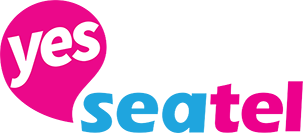You need to sign in or sign up before continuing.
Welcome to Seatel Gitlab

Open source software to collaborate on code
Manage Git repositories with fine-grained access controls that keep your code secure. Perform code reviews and enhance collaboration with merge requests. Each project can also have an issue tracker and a wiki.